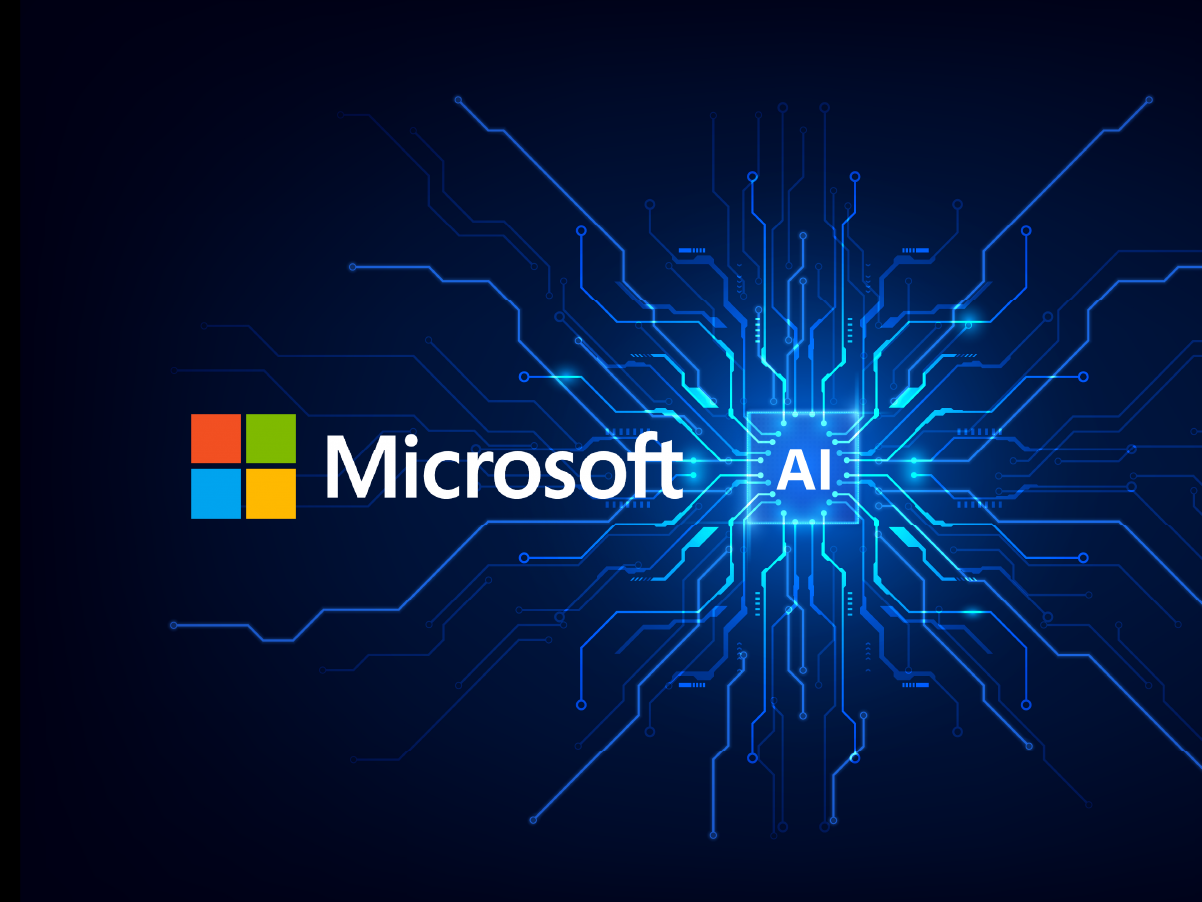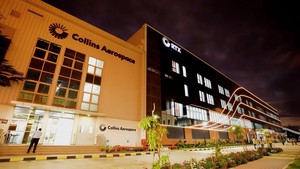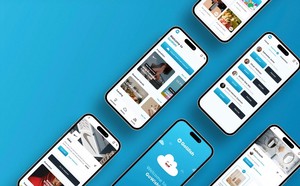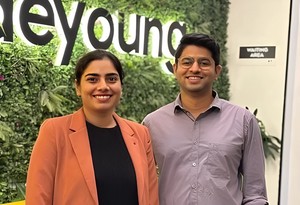With generative AI reshaping industries at a rapid pace, one of the biggest questions is how it will change the way companies function internally. Asha Sharma, Microsoft’s AI Platform Product Lead, has shared a bold prediction that the traditional organizational chart could soon become a thing of the past.

In a recent podcast appearance, Sharma explained that AI agents are pushing companies toward a more task-oriented structure rather than the rigid hierarchy we know today. According to her, the future of work will look very different, with productivity and task completion taking center stage instead of titles and reporting lines. She described this shift as the org chart turning into a “work chart” where output matters more than hierarchy.
Sharma also emphasized that fewer management layers will be needed in this new system. As employees begin using AI agents to enhance their skills, teams will be able to function more independently. This means organizations can operate with greater efficiency, cutting down on bureaucratic hurdles that often slow down innovation.
Another intriguing point Sharma highlighted is the idea of employees bringing their own “agent stack” to work, similar to how people once began bringing their own devices. With access to advanced AI assistants, workers will be able to expand their capabilities and take on tasks they might not have been qualified for in the past. This creates an environment where learning and growth become part of everyday work rather than separate initiatives.
The move toward flatter structures is not just theoretical. Recent trends at major tech companies show that management layers are already shrinking. Microsoft reportedly laid off thousands of employees this year, partly to streamline operations and reduce unnecessary layers. Google has also cut around a third of its middle managers, with CEO Sundar Pichai stressing the need for efficiency as the company scales.

The broader implication is that AI is not only changing how we work but also who we work with and how companies are designed at the core. Instead of spending time navigating complex hierarchies, employees may soon find themselves collaborating with AI agents and colleagues in more dynamic, outward-looking structures. This shift could redefine what it means to grow in one’s career, moving away from climbing the management ladder toward mastering a diverse set of skills.
As AI technology continues to evolve, it is clear that the future workplace will prioritize agility, efficiency, and individual empowerment over traditional systems of control. While the end of org charts may still feel like a radical prediction, the signs of change are already visible across the tech industry.
Follow Tech Moves on Instagram and Facebook for more insights on how AI is transforming the future of work and technology.














